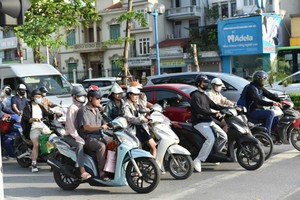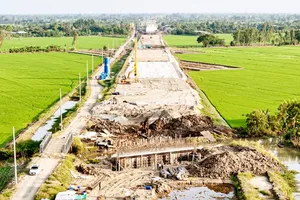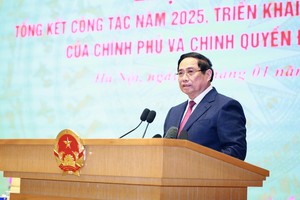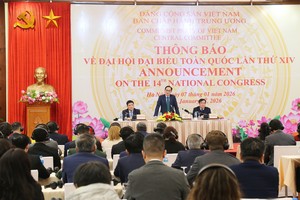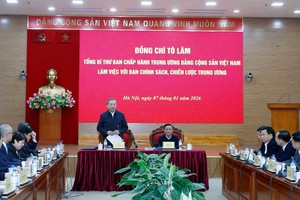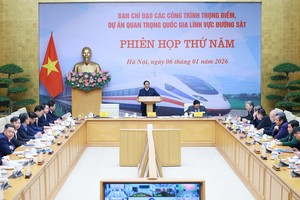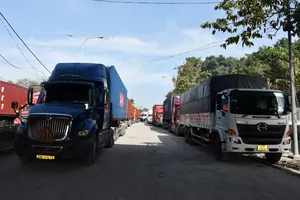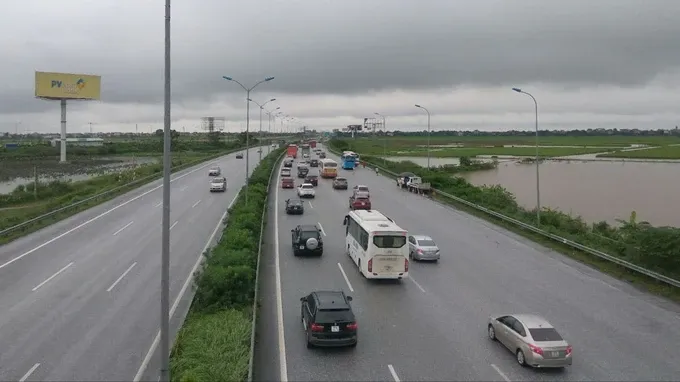
The plan will prioritize projects with high impacts and connections between sectors and regions to create momentum for socio-economic development.
As for road transport, the country will strive to realize approximately 5,000 kilometer-expressway targets by 2030; and continue to invest in new routes connecting key economic centers, seaports, airports and international border gates.
As planned, the transport infrastructure projects need an estimated investment capital of about US$24.8 billion by 2030 and around US$33.64 billion by 2050.
Regarding the inland waterways, the Ministry of Transport will focus on upgrading key traffic routes that are usually crowded, developing coastal shipping routes in the Central region and the Mekong Delta, and modernizing main ports and specialized ports. The total investment for this sector by 2030 is about US$10.8 billion and around US$4.48 billion by 2050.
In the maritime sector, the ministry needs an estimated investment capital of around US$4,16 billion by 2030 and approximately US$6.65 billion by 2050 for upgrading key channels, continuing the development of international gateway ports like Lach Huyen and Ba Ria - Vung Tau, and calling for investment into Can Gio, Van Phong and Tran De ports.
In the aviation sector, the Ministry of Transport will prioritize projects investing in large airports that play an important role as hubs in the capital city of Hanoi and Ho Chi Minh City, step by step upgrading 22 existing airports and seeking investment for new airports.
The estimated total investment for the aviation sector by 2030 is about US$17.1 billion, and around US$21.06 billion by 2050.
In the railway sector, the Ministry of Transport will concentrate on the construction of the North-South high-speed railway, accelerating investment in urban railway in both the capital city of Hanoi and Ho Chi Minh City and investing in new rail routes with a total investment of US$151.2 billion, including urban railway, by 2030 and approximately US$312 billion by 2050.
Currently, the Ministry of Transport has also proposed key solutions to mobilize investment resources primarily for infrastructure.
Of these, there are solutions to amending and improving the legal document system, reforming administrative procedures to enhance investment quality and environment; establishing mechanisms to increase decentralization and empowerment for localities; reviewing plans to orient investment; and prioritizing budget allocation for projects that are difficult to attract funding.
Additionally, the Ministry of Transport will also develop and announce a list of transport infrastructure projects to attract investment under the public-private partnership method (PPP investment) and foreign investment for the period by 2030 and after 2030.

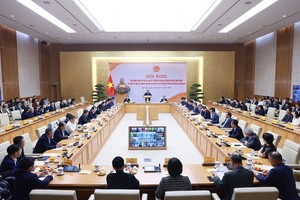
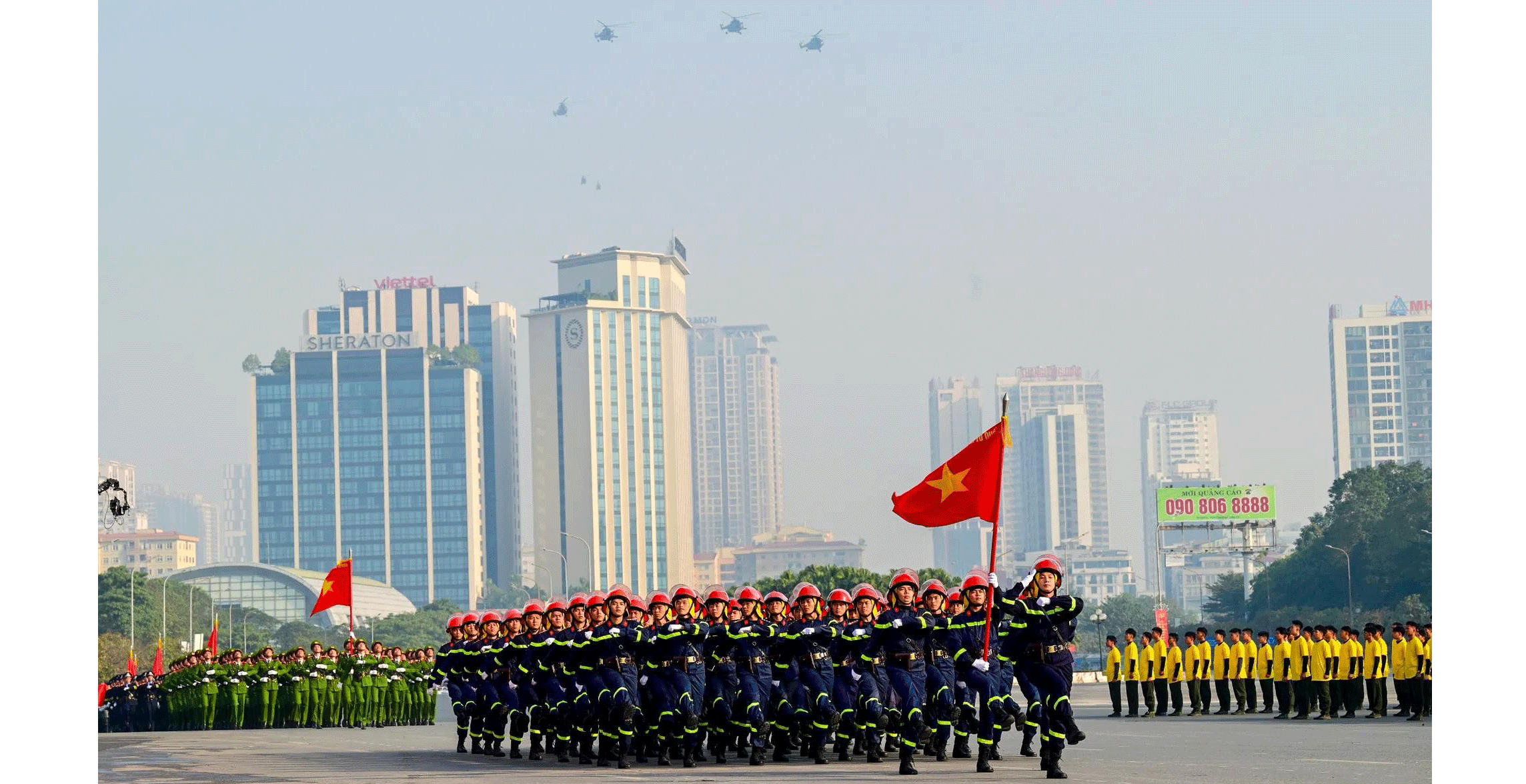



)


